After a two-year study,
The Lancet Commission revealed that more than 9 million people die each year from global pollution. Environmental hazards are putting one out of every 6 people — and our complex ecological systems — at risk. How do we begin to reverse those numbers? Today, IoT-based environmental monitoring and
clean technology can support the detection of noxious substances, chemical spills, harmful pollutants and more, enabling governments and industries to clean and protect our air, soil, and water.
Taking these steps is imperative as the population increases, along with our carbon footprint, and we continue to see the damaging effects of climate change. So —
how can IoT help the environment? The answer is in the deployment of sensors, IoT devices, remote connectivity, and edge computing to support rapid detection, reporting, data insights and remediation.
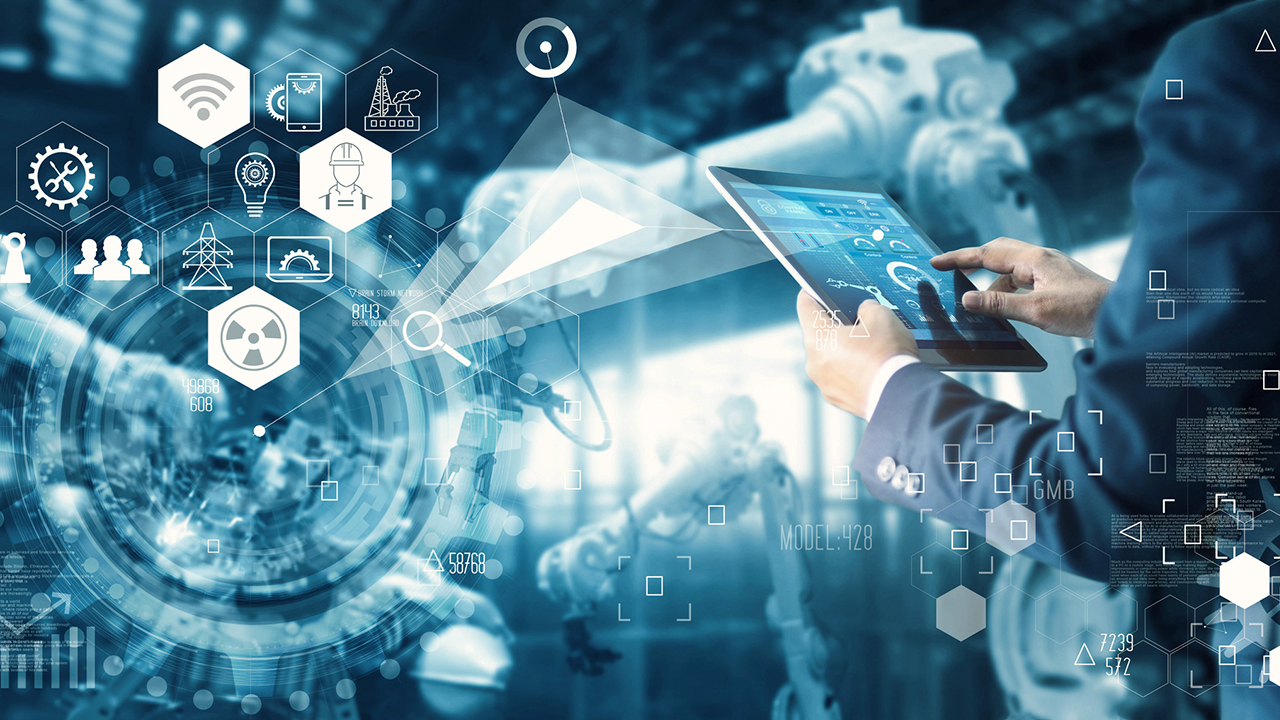
In the first
environmental monitoring article in this series, we talked about the purpose and importance of monitoring processes that can have an ecological impact. This blog post explores the critical role of IoT and how industries seeking ways to improve their environmental stewardship can utilize the Internet of Things to create change.
What Is IoT-Based Environmental Monitoring?

First, let’s talk about an environmental monitoring system definition and how IoT supports these processes. IoT-based environmental monitoring is the consistent collection of measurements and data from our physical environment, using sensors and connected devices. Sensors embedded in irrigation systems, pipelines, tanks, weather stations, oceanic applications, and industrial equipment — anywhere on the planet — can detect temperature, moisture, water levels, leaks, and other physical properties.
Intelligent, connected devices with embedded communications modules can then process that information using edge computing technology, and rapidly send critical data to the cloud or a data center for further action or analysis.
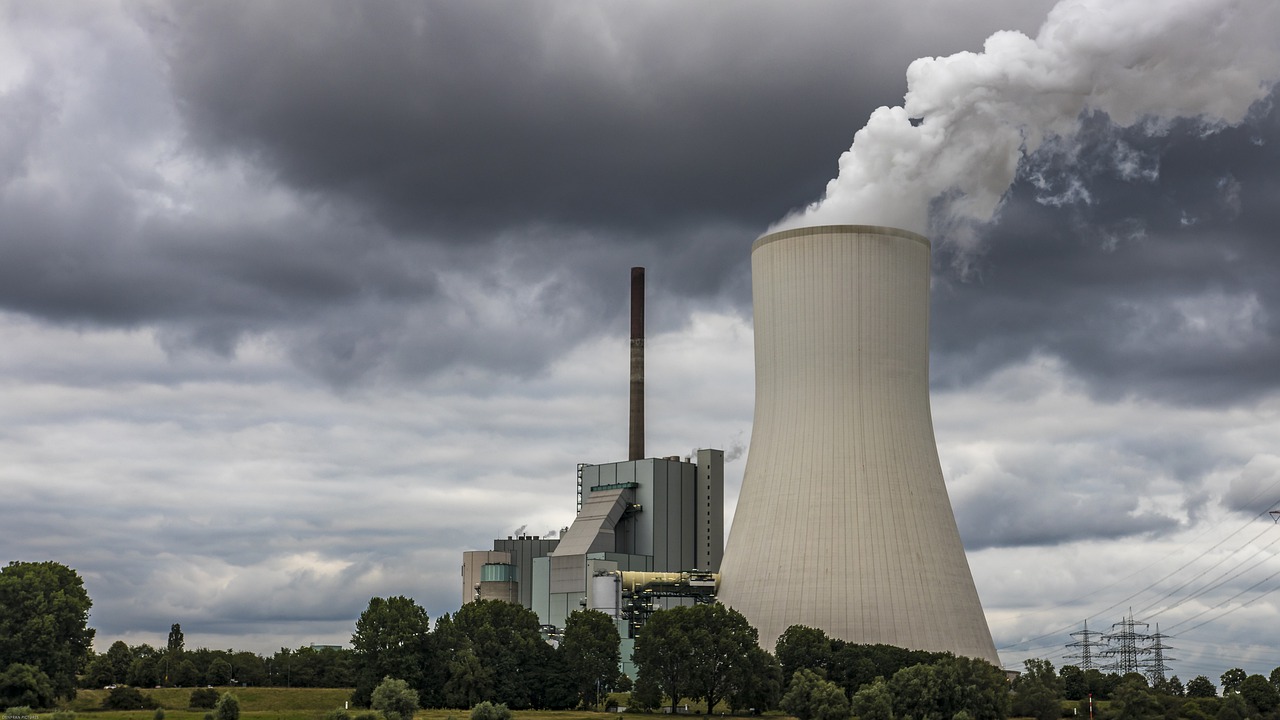
These monitoring systems can be programmed to detect abnormalities or specific conditions, then trigger alerts via email or text, as well as automated processes. These can include anything from launching service tickets to shutting systems down to thwart a disaster. In other words, an environmental monitoring system using IoT acts as the eyes, ears, and mouthpiece for an application — watching, listening, and reporting on a vast range of processes — and even taking action to thwart damage.
How IoT Technology Helps Enterprises to Go Green
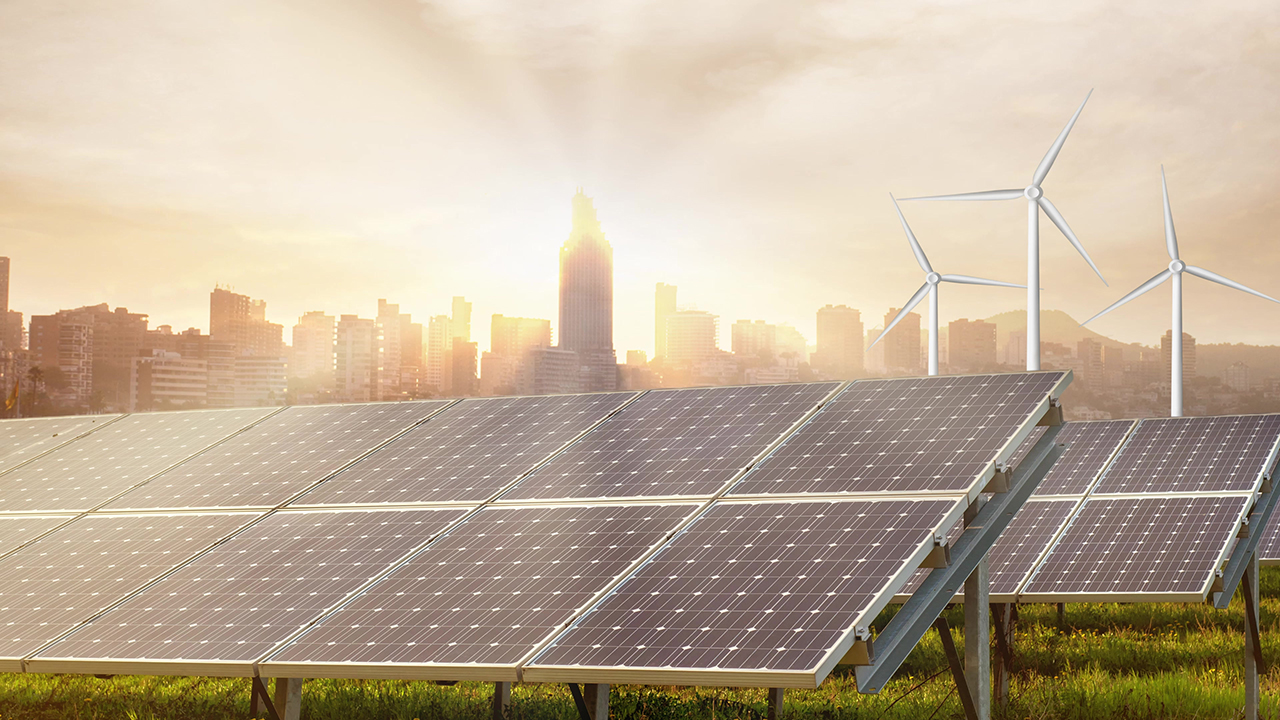
The trend toward green technology — supported by these environmental monitoring and remediation systems — is also a driving factor. Applications ranging from energy systems to agricultural use cases to water and wastewater management, oil and gas operations, and environmental remediation projects can gain better insights into their remote operations and improve processes to lower their impact and prevent disasters.
Using data gathered from across an entire industrial deployment, it’s possible to study water treatment readings, air quality measurements, water and fuel flows, and other data in real time. Users typically utilize an analysis dashboard that aggregates that data, shows trends, spikes, and abnormalities, which in many cases eliminates the need to schedule costly truck rolls, which also burn fuel, out to every remote installation. The data-driven approach provides the critical insights needed for predictive and preventative maintenance and resource management.
When you consider that it’s physically impossible for humans to effectively monitor every machine, every chemical tank and every process that can impact our planet, it helps to highlight how IoT is essential to help industries and municipalities monitor and manage their operations, reduce their carbon footprint, and go green. Further, the resulting data helps policy makers to create regulations that can help keep our world safe.
Download our Industrial IoT White Paper
Set up your field devices to be configured, maintained, and diagnosed from a central location.
Download PDF
IoT for Environmental Monitoring: 4 Essential Components

Because environmental monitoring using IoT provides data in real-time, operations and IT managers can proactively keep tabs on their equipment and processes — regardless of their location.
There are four essential components for IoT-based environmental monitoring to support critical insights and decision making:
- Monitor the Environment: Environmental condition monitors across fields, industrial sites and water management systems require installed sensors as well as an information delivery system, such as Digi XBee wireless communication modules and sensor connectivity gateways. These connected devices gather and deliver critical information exactly where it is needed.
- Measure Data: To measure environmental impact, these systems must make it possible to evaluate key data points that can indicate everything from water and chemical leaks to critical equipment failures. This data can be used by industrial operators and municipalities to measure their environmental footprint and take action to reduce waste, increase sustainability, manage valuable resources like water, and prevent environmental disasters.
- Catalog Data: The massive amounts of data collected from environmental monitoring stations around the globe cannot be overstated. There are global databases that catalog an enormous range of environmental data, such as the Microsoft Planetary Computer. Industrial sites and other enterprises, similarly, must utilize cloud and data center storage to catalog the gathered data for accessibility by business applications.
- Provide Actionable Insights from the Data and Analysis: The critical end game is actionable insights from data. Digi’s IoT solutions, integrated with cloud applications like Microsoft Azure and Amazon Web Services, deliver data into complex software systems that enable personnel to gain those insights, get alerts and notifications, and take action.
Use Cases for IoT Environment Monitoring
With IoT systems, we can connect and manage wireless devices across an industrial field or across the globe for environmental monitoring and management to support better decision making, environmental sustainability and a circular economy. Let’s explore some use cases that demonstrate how IoT can help the environment.
Water Quality Monitoring
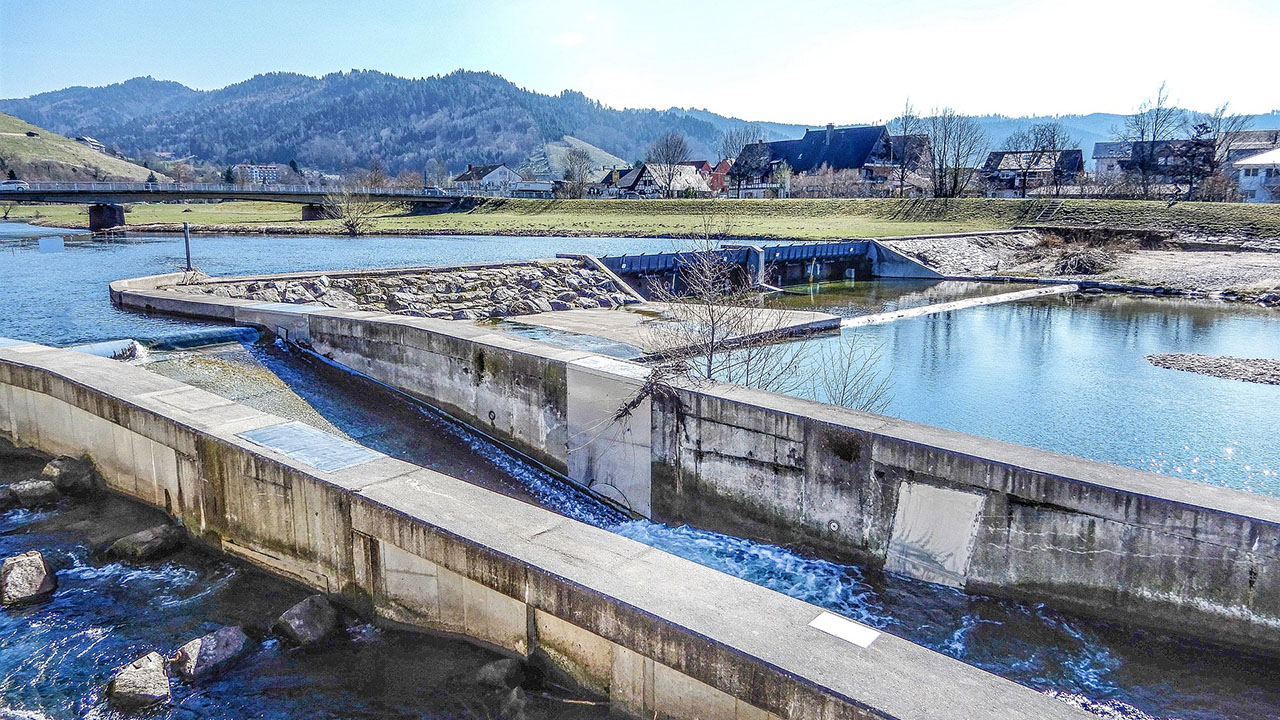
Water is a vital source for the health of the planet and its people, and today, technology is needed to support clean water management and conservation. Water quality monitoring using IoT-based systems helps to control contamination and support management of this valuable resource. Using IoT systems allows water to be analyzed in buildings, water and wastewater plants, irrigation systems and industrial processes.
These advanced smart water monitoring systems using IoT technologies enable accurate measurements of contaminants, oxygen levels, additional factors, and pH levels. IoT technology allows the detection of harmful substances public it reaches homes and buildings. The innovative technology helps us to sustain our health and wellness.
Some examples include:
- Municipal water treatment monitoring
- Stormwater and groundwater monitoring
- Agricultural irrigation monitoring and control
- City water and drinking water quality monitoring
Air Quality Monitoring
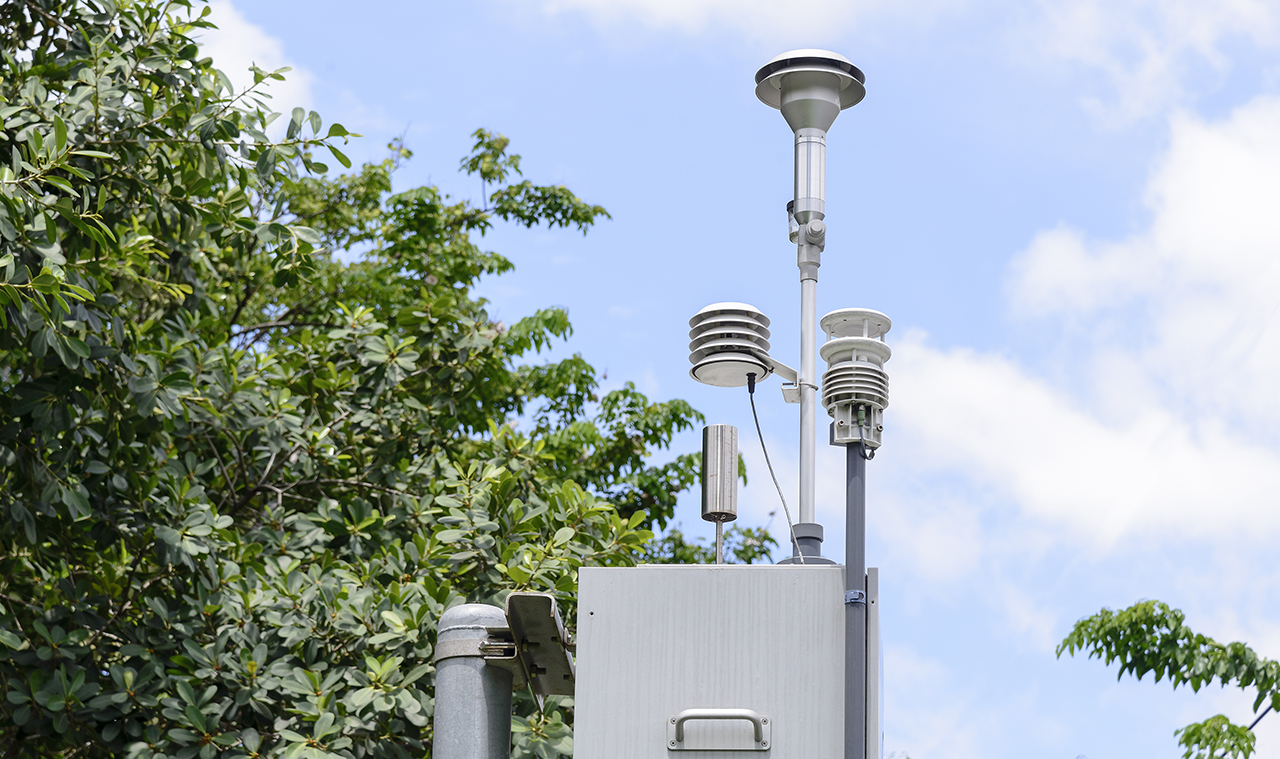
Industrial processes emit organic compounds like carbon monoxide, hydrocarbons, and chemicals (“greenhouse gases”) into the air. And as we know, exhaust from vehicles and methane from cattle impact the quality of our air and impact our planet.
With air quality monitoring, science and industry can create change. These critical metrics deliver the insights for municipalities to make decisions for urban planning, for industrial operations to mitigate their impact, and for entire auto makers to continually improve designs to reduce emissions. Even deploying IoT to manage traffic flow in cities can massively reduce vehicle emissions and support cleaner air.
Some real-world examples of air quality monitoring include:
- Carbon monoxide monitoring in homes and buildings
- Methane monitoring in agriculture and waste management
- Ambient air quality monitoring for pollutants, lead and toxic particulates
Energy Monitoring
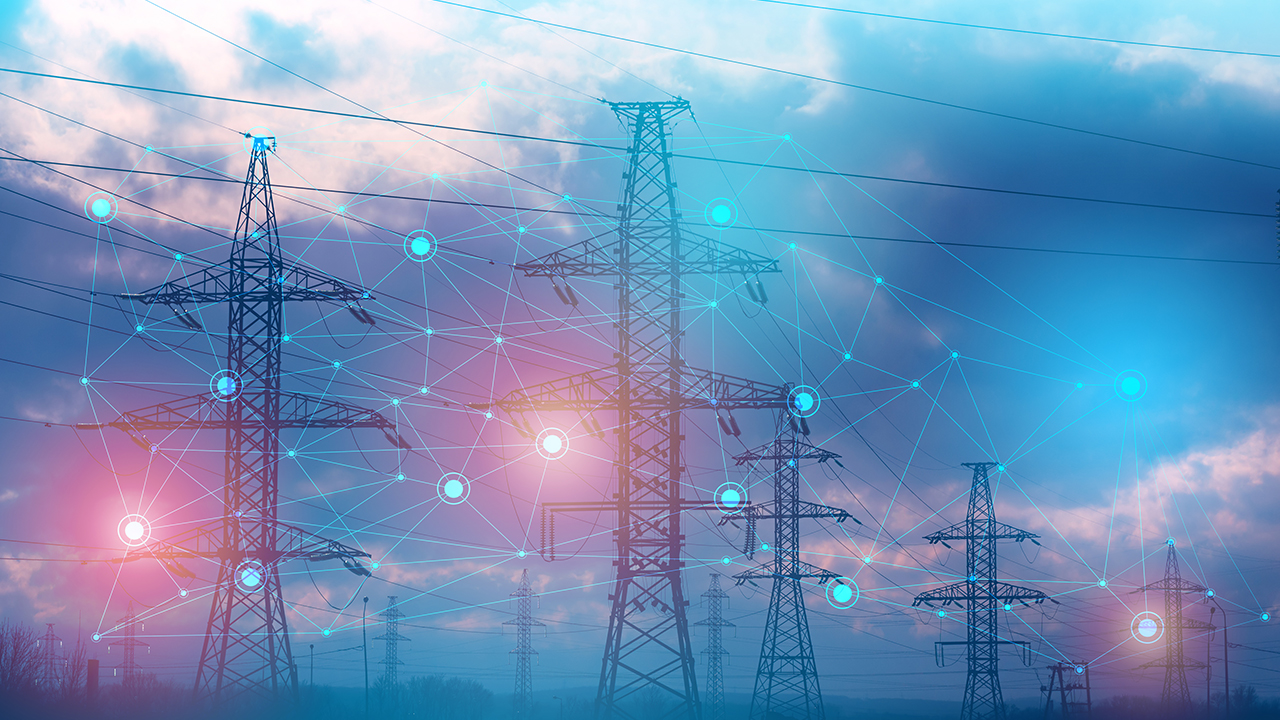
With our limited global energy resources, energy monitoring is essential to conservation. IoT-based technologies can provide both the management tools and the insights to improve how we use energy.
Leading energy providers today are rapidly integrating a wide range of IoT monitoring and mitigation techniques to reduce usage, as well as clean energy solutions to reduce energy consumption and promote sustainability. In the process, these techniques can also save money for everyone relying on the electric grid.
Energy monitoring supports numerous energy management goals:
- Reduction in the use of fossil fuels in homes and businesses
- Stabilizing the power grid
- Preventing spikes in energy usage, and associated equipment failures and service disruption
Toxic Gas Detection
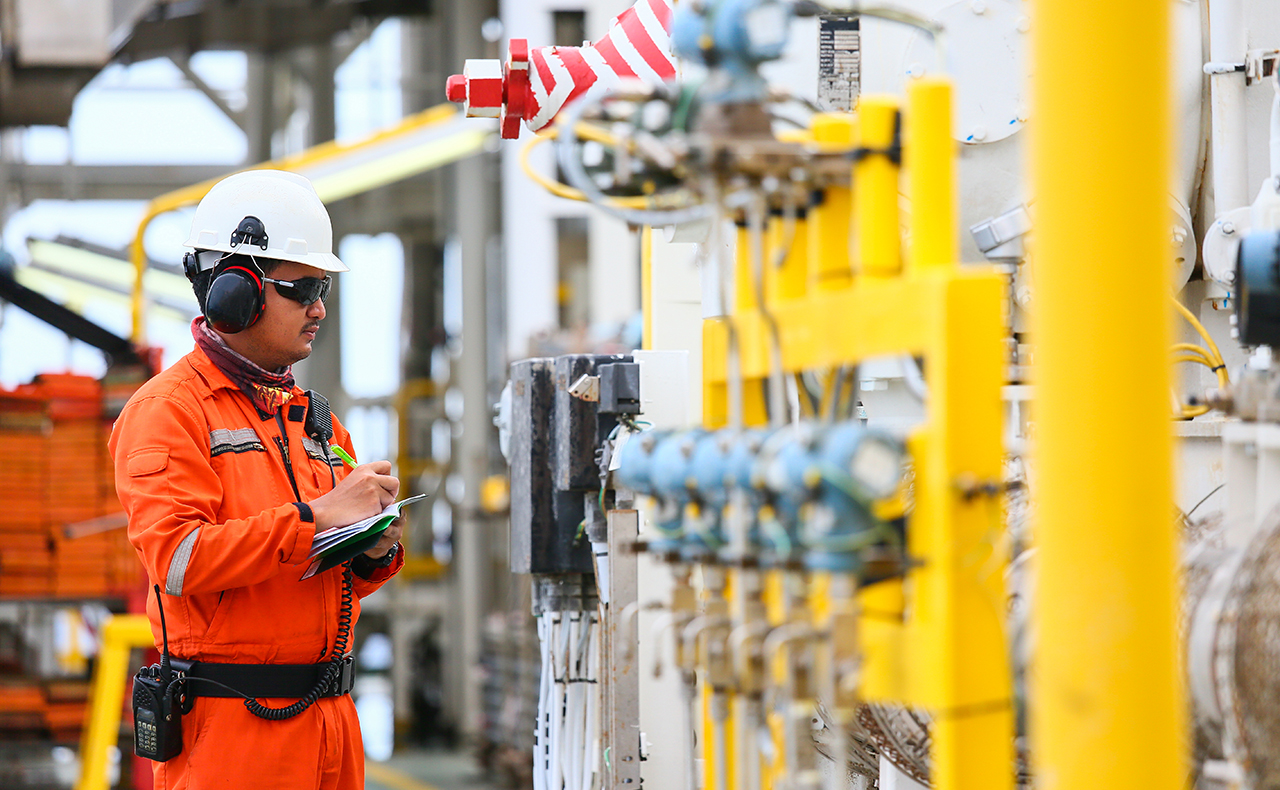
Toxic gas detection systems analyze air quality in a range of industrial operations to detect harmful, toxic, and flammable gases present in the atmosphere, enabling us to identify contaminants before they cause environmental damage or harm to human health. These systems measure the concentration of a specific gas in the air. IoT connectivity enables these systems to quickly provide critical alerts and to launch tasks such as shutting off valves, shutting down systems and launching fire alarms and chemical mitigation systems.
Several examples of real-world toxic gas monitoring include:
- Gas monitoring for safe management of toxic, flammable, or pyrophoric (spontaneously combustible in air) gases
- Monitoring of H2S or CO in refinery and petrochemical applications as well as parking garages and enclosed spaces such as warehouses
- Toxic gas detection for workplaces, to protect workers from toxic and corrosive gas exposure anywhere these substances may be present
- Monitoring for harmful gases in mining operations
Explore IoT-Based Environmental Monitoring Sensors and Solutions at Digi
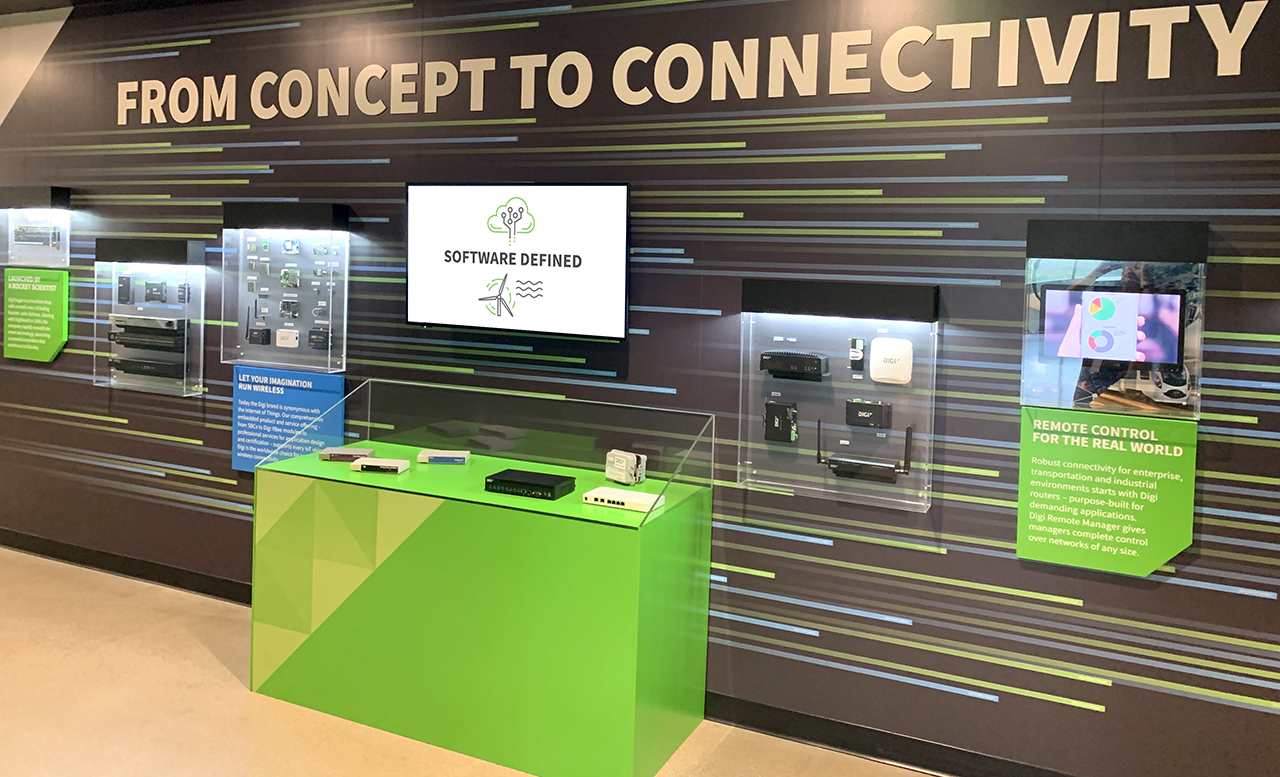
IoT environmental monitoring sensors and connectivity provide an effective, efficient way to monitor and support a healthy environment, providing the tools for analysis, preventative detection of contaminants, and energy conservation to reduce our carbon footprint.
Environmental monitoring through IoT offers new and innovative ways to track and mitigate environmental challenges. Digi teams can support your project planning, end-to-end, from design, prototyping, procurement and system integration through deployment and management of your IoT project.
To learn more about environmental monitoring and IoT connectivity solutions to drive business growth, while reducing environmental impact, contact us!